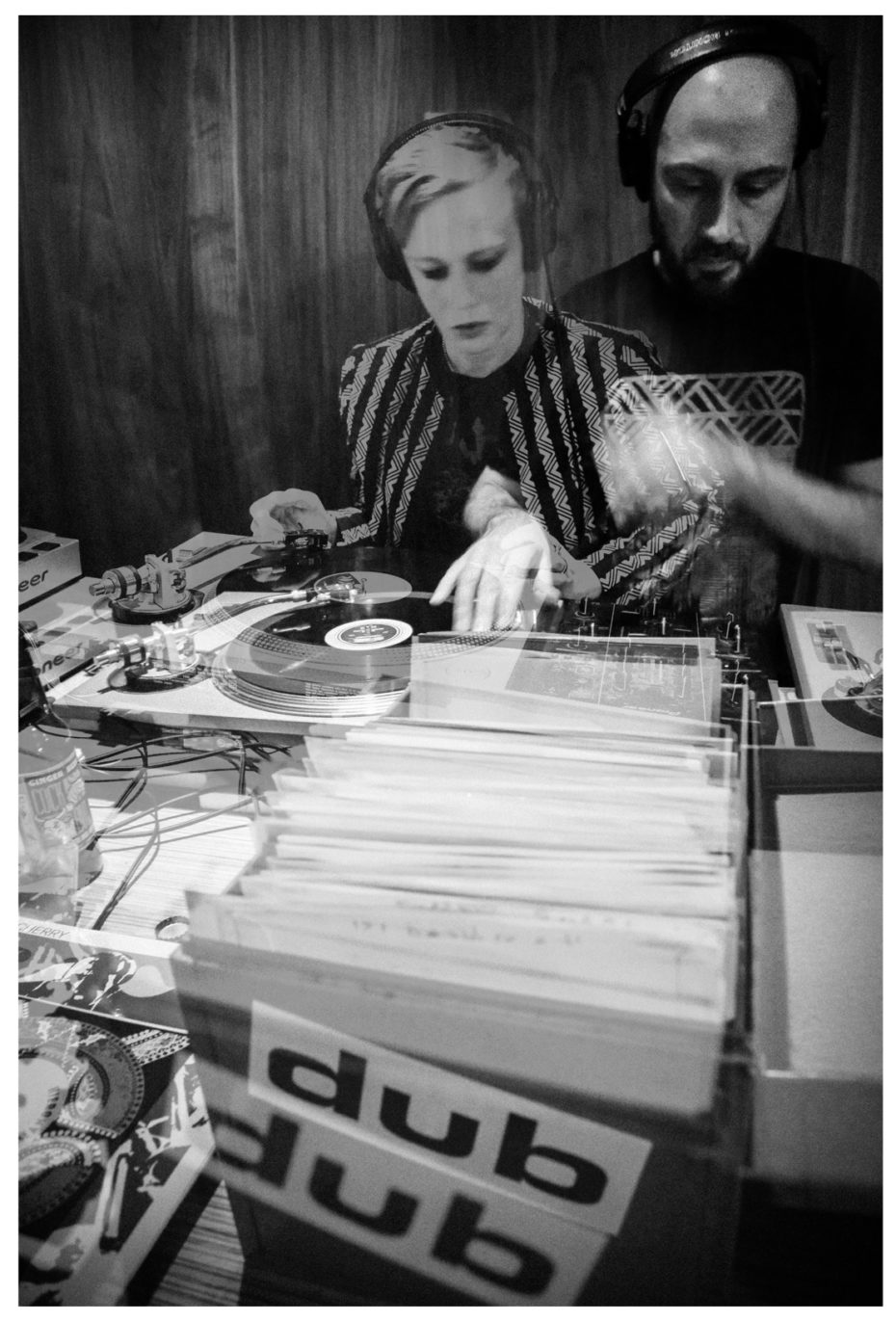
Image courtesy of ZamZam sounds
The pioneers behind Portland based label ZamZam talk about keeping dub music alive and on schedule.
Please tell us about the Portland Dub scene and what sound systems are prominent in the area.
EZ: Ha ha ha!
TR: Hi Raz, thanks for getting us to do this! I don’t want to start off negatively, but there’s not a big scene here at all. There has never been a big enough core of people interested in Dub (and related genres) to build a proper sound system, much less more than one… there’s a healthy club scene, and there are dub / bass / dubstep / nights that have come and gone. Now though, there’s currently only one regular night here called SIGNAL where all these strands come together consistently. There are a handful of promoters, djs, and a few producers who are interested in Dub, 140 etc, but to say it’s a full-fledged scene just wouldn’t be accurate. Especially when you consider what things look like overseas, it’s just hard to compare.
EZ: People definitely show up for strong bills, and there are more and more the last few years, but in terms of the homegrown scene it’s pretty small.
Can you tell us how you both came to start ZamZam, and a bit about the history of BSI records?
TR: BSI existed in the last days of the more traditional music industry– we didn’t do digital releases, only vinyl and CD. We focused on Dub and related genres, but we cast the net pretty wide, from more traditional UK dub & steppers to much more experimental and leftfield strands of dubwise. BSI was the two of us along with Josh Derry (AKA Alter Echo) and Jason Lohr (Bucolic, Systemwide).
EZ: By the end of our run we had about 35 releases out – in hindsight it was equal parts brave and foolish to release the music we did and try to do it at the scale we wanted to. But like Tracy said, it was a different time. Towards the end had a couple offers on the table to do our whole catalog digitally, offers that in hindsight maybe we should have taken, but the collapse of a few key distributors pulled us under while we were waiting for even bigger offers. But we learned a lot. There’s no way we’d be doing ZamZam if we hadn’t learned those lessons well. So we took a long break from label stuff, but never stopped DJing, never stopped buying records, never stopped loving the medium, even when vinyl was supposed to have completely died… and then one day we just had the conversation – about wanting to put out records again, but in a very restrained, clear, focused way… “what about strictly 7”s…”
TR: And that conversation ended with us agreeing that ZamZam would always be only 7”s, have real artwork, and no digital release. At the time we were definitely not looking very far into the future… I don’t think I’d have believed you if you said that we’d be at ZamZam60 about 5½ years later. Part of my skepticism was related to what happened with BSI but the connections we still had were crucial to getting ZamZam off the ground. A case in point is you, Raz– as BSI we released “The Unspeakable”, your intense horror record on white vinyl. But knowing you and working with you before led us to your 7” on ZamZam, our ninth release, and then this year two tracks of yours bookended the eigth release on our long-form sister label, Khaliphonic. The fact that we actually found a reason to start a label for non-7” releases speaks a lot to the way people are responding to (and buying) vinyl again.

Image courtesy of ZamZam sounds
How do you find the experience of running a family owned business?
EZ: We love working together, and we love not having to answer to anyone but ourselves and each other. We complement each other well in terms of our taste, aesthetics, where we want the label to go. I think we also love modeling this creative partnership for our daughter. She’s never known a home where we weren’t doing art and music and getting it out into the world.
TR: Well, it never goes away, and that’s of course good and bad. You can work whenever, but that ends up meaning you work just about all the time. Since we do everything ourselves, there’s always something new to figure out how to do. It’s cliché to say but we are pretty tired a lot of the time… it’s incredible how much time can evaporate in running a label.
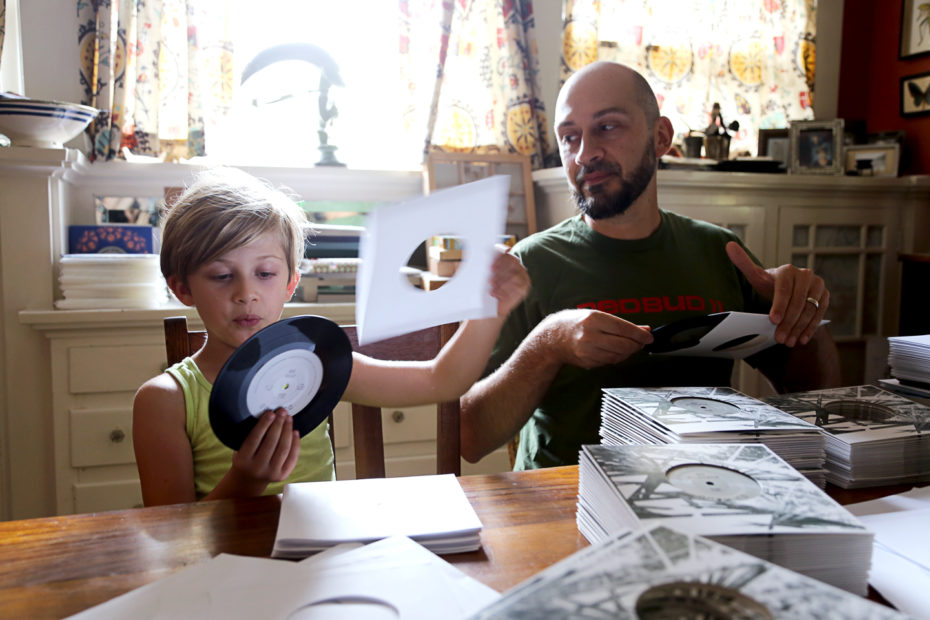
Image courtesy of ZamZam sounds
Tracy. could you tell us a bit about your process and the initial concept for the beautiful ZamZam artwork?
TR: Thank you for that—I really do strive to make these jackets intergral to the whole. One thing about BSI was that the artwork was not cohesive across releases, for lots of reasons. But for ZamZam, we agreed that the whole deal with the label was to be one body of work made of smaller parts. So the artwork needed to support that, be an additional bridge connecting everything together.
For each ZamZam release, I have to spend a lot of time with the two tracks and I focus as intently as possible on what is happening in them… melodies, basslines, tones, motifs—is it bouncy, bleepy, soft, angular, insectoid, lunar… whatever I hear, I run it through like a brain sort function and arrive at some visual analogues that I start working with. On the opposite side of that, it’s impossible for me to listen to anything else while I work on the art for each release. Other tunes (same genre or not) tend to infect what I’m doing, and things come out just…wrong. Some artwork comes together quickly, and I know it’s ready, but more often I have to keep trying different compositions and variations… not unlike building a track, like I’m versioning myself. The center hole on our jackets is another visual constant for our releases, but it is a double-edged sword. It forces a lot of weird decisions because you simply cannot use the middle of the visual plane!
Screen printing was the most straightforward way for us to get an image onto the jackets, so that’s what I’ve been doing. I never had any formal training in this medium, so I just figured it out as I went (and am still figuring it out, for sure.) Ezra and I both have bachelor’s degrees in Fine Art, so we’ve both got a solid background to draw on when it comes to keeping things tight visually.

Image courtesy of ZamZam sounds
What approach do you take when dealing with release schedules and time lines, do you prepare far in advance?
EZ: We generally press 4-5 releases at a time, so we always have the schedule worked out for the better part of a year. This allows us more flexibility in the event that pressing gets backed up, or if we want to swap the order of this or that release to coincide (or avoid clashing) with a release on another label, etc. It also allows us to look at the flow of releases in a linear way like a mix – what will sound good alongside what? Where will this next chunk of the journey go?
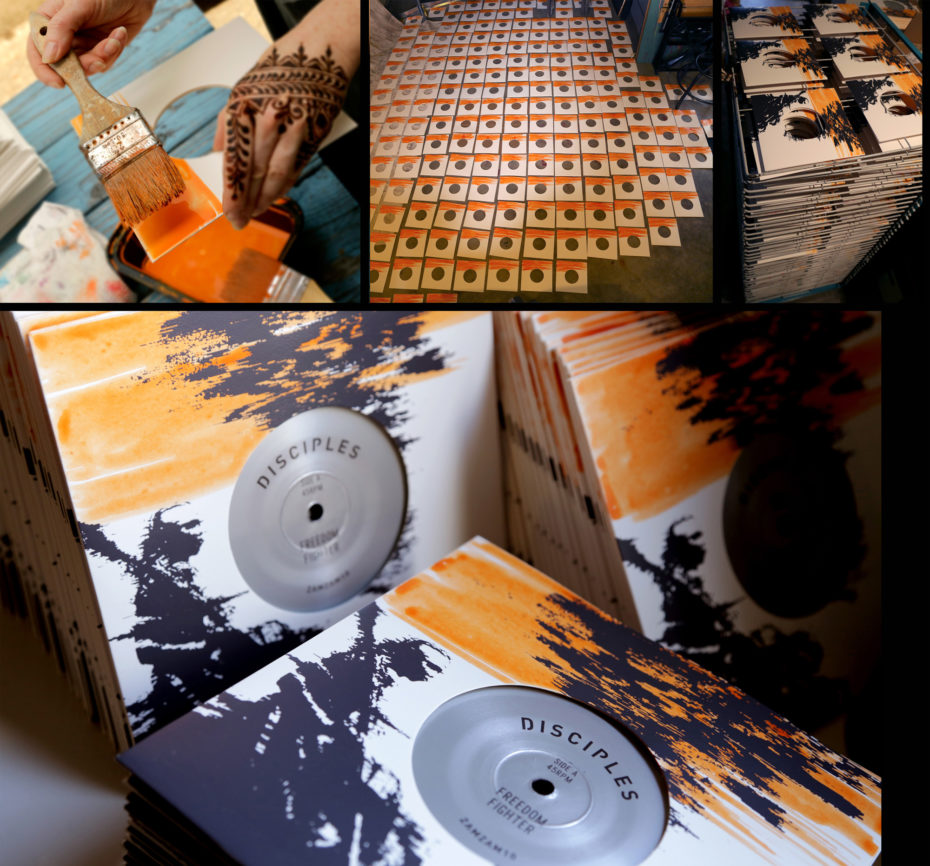
Image credit ZamZam sounds
TR: We talk a great deal about the order of things, and try to engineer the future as best we can.
Why dub and in what way does it guide you?
EZ: Reggae just completely captured my imagination and started shaping my politics, my aesthetics, my spirituality upon first hearing Bob Marley’s “Survival” cassette in my cousin’s bedroom in a Paris banlieu when I was 13 or 14. For me dub is elemental, primordial, unbeatable, unstoppable, uncorruptible. Its ‘viral’ nature too, that has been written about and theorized for a long time, is fascinating. The places it rears its head while still being DUB are fascinating to me. I love all kinds of music, but I weary of many of them after too much exposure and have to take a break for a while. Dub is different, I never get tired of it. It’s like the soundtrack to my self.
TR: I feel like, as Ezra said, that dub is elemental. The variety of forms that twist out from it are why I feel like this label can just keep on going…the permutations are as vital as the source, somehow. Ha, dub is a Mandelbrot set !
What is coming up next for ZamZam?
Ez: We’ve got a number of releases lined up… several from artists that are new to the label, as well as the return of some of our early artists including Deadbeat and Heights & Worship. We like to strike a balance between established artists and emerging ones. It’s cool to be in a position to introduce heads and ears to artists for the first time and be trusted enough as a label that those releases sell as well as many of the bigger names.
Tr: Also in 2018 we have some full length releases coming out on our other label Khaliphonic. First will be our Portland friend Strategy for his first-ever full length of his unique handmade-hardware dub. After that will be an LP of deeply atmospheric dub-techno made from field recordings in rural Ireland—but more details on that later.
As experienced producers, what are your thoughts on the UPA and in what way do you find that a proper music production school is needed?
Ez: I think the UPA stands out by having teachers with a real wealth and depth of experience across genres, time, place, tools, media … These people have been making radical, revolutionary sounds for decades, not just since Ableton or Logic came out. The hands on, ground up approach is invaluable. Understanding gear from the inside out, literally. Understanding sound in a very tactile way. I’m a teacher, have been for over a decade, so as somebody committed to teaching and learning, I really appreciate the focus on mentoring as opposed to just showing someone in-the-box production techniques which is what a lot of online “schools” seem to be mostly about.
Tr: It’s a place of integrity. I’m not a producer, but I know how to listen—we get a LOT of material sent to us. You can hear it—work that stands out doesn’t rely on presets and right-now flourishes—it combines vision and risk with confident proficiency.
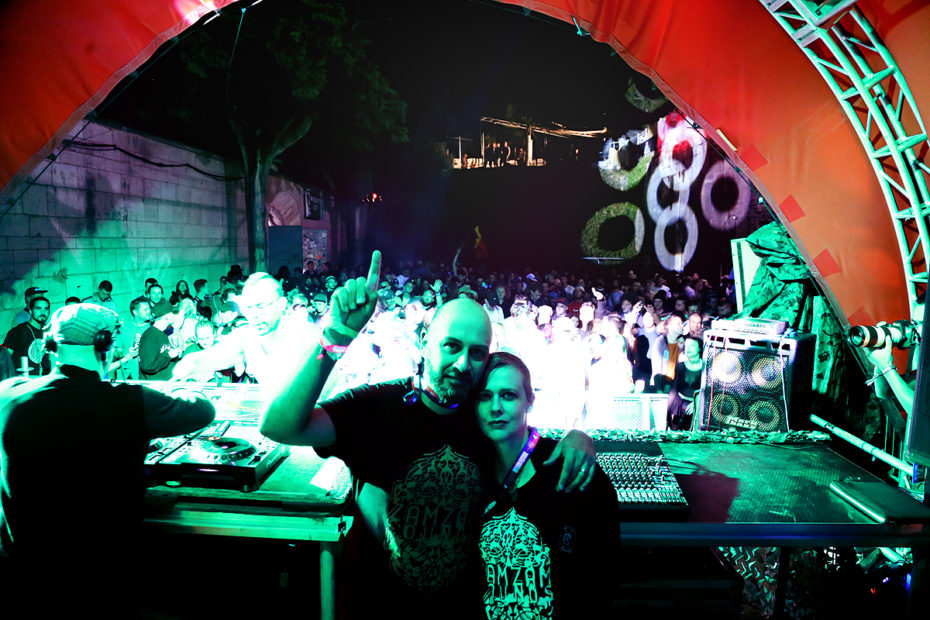
Image credit ZamZam sounds
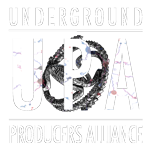
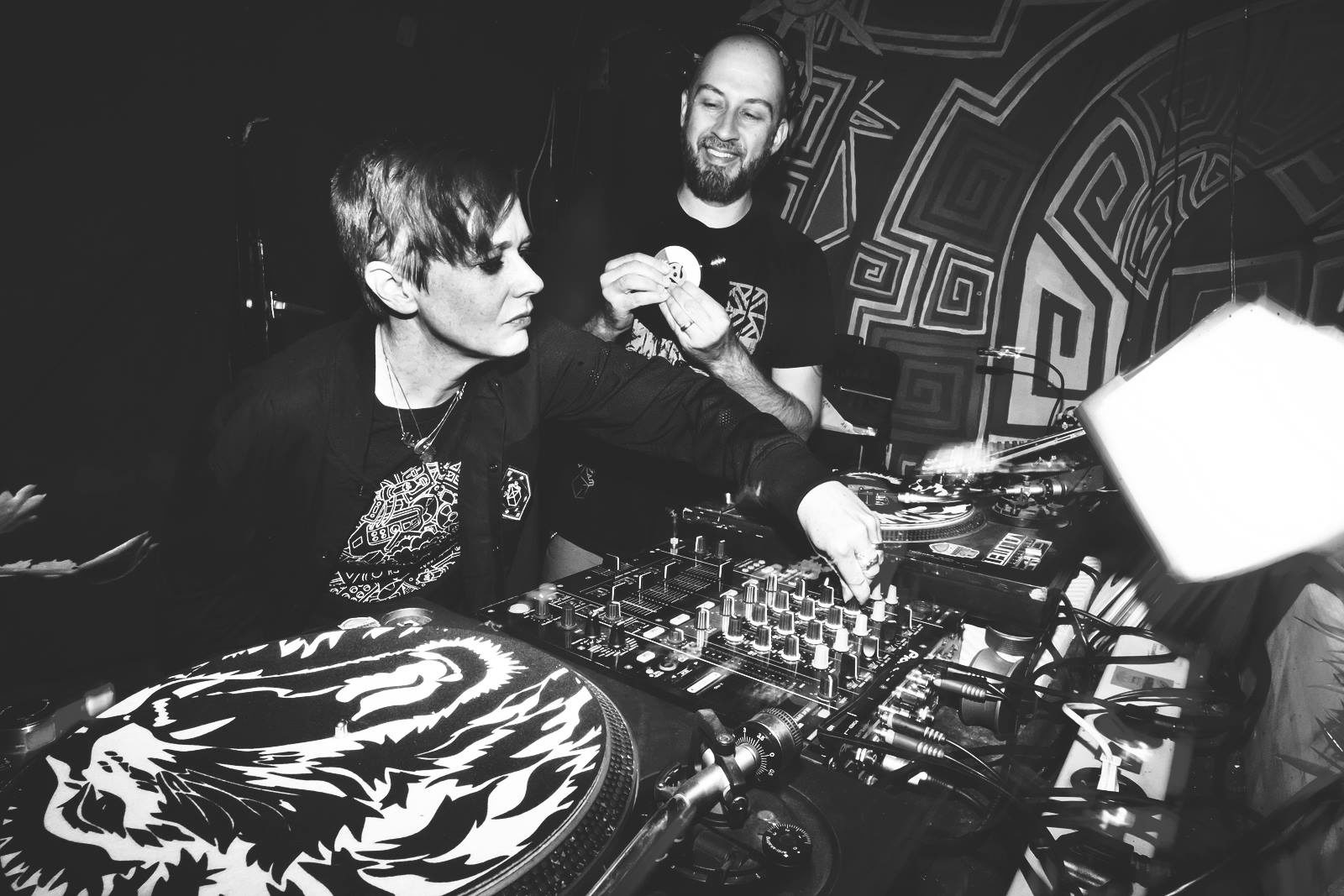
Leave a reply